Do you know what Che Guevara, Winston Churchill, Don Draper, the Hellboy, and Wolverine have in common? Yep, apart from being famous standard looking men of power, they are also known for their ubiquitous cigars. Ever the gullible, copycat, easily inspired as I am, I too wanted to experience smoking a cigar. Those cigar puffers inspired me to experience what it feels like to be chillaxing as a powerful villain.
Taking the opportunity of our last travel to the capital of fancy cigar of the world, Cuba, smoking cigar was definitely on my top list of activities. O.B.V.I.O.U.S.L.Y.
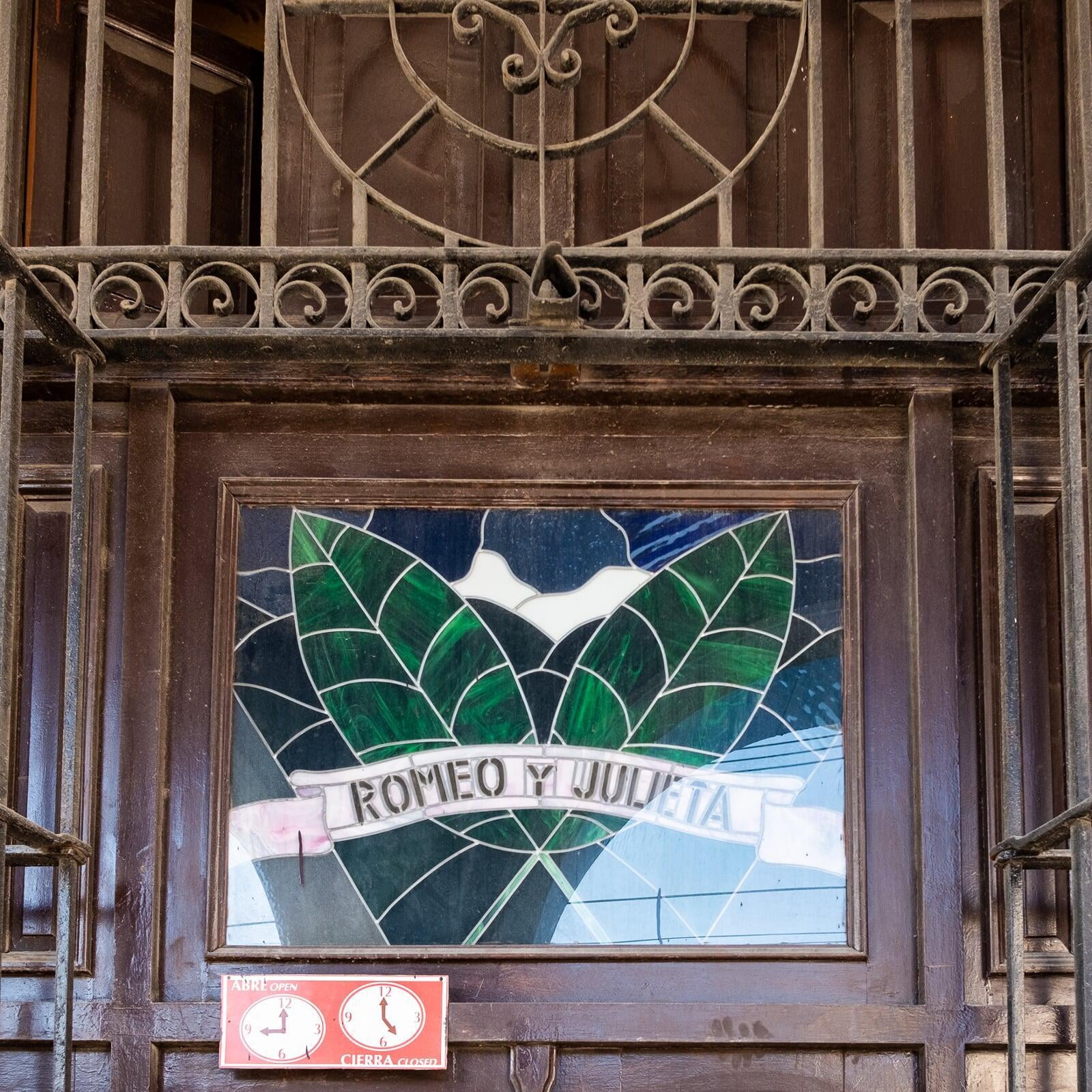
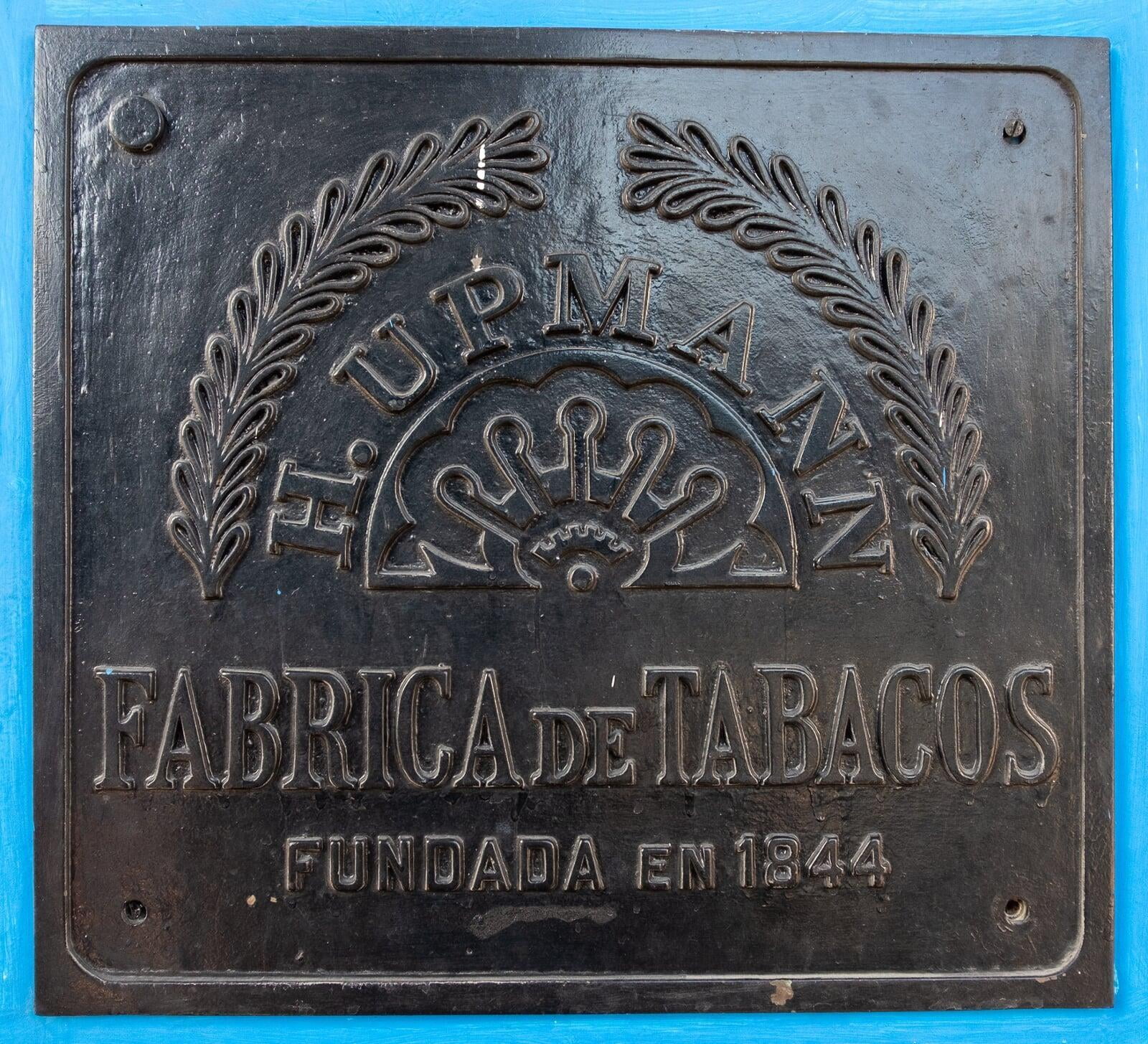
As soon as we arrived in Havana, we bought a cigar suggested for the first-timers; the Romeo and Julietta brand. That night, which looked like a perfect night with the sky so bright with stars and no cloud, we went lounging next to the hotel pool with one sole purpose; to light up the cigar. I took a big huff and lied on my back on a beach lounge chair, staring at the glittery dark navy sky. I somehow was waiting for the glorious feel of smoking a Cuban cigar to kick in, like the gate of heaven would open and the angels would start singing, or something…
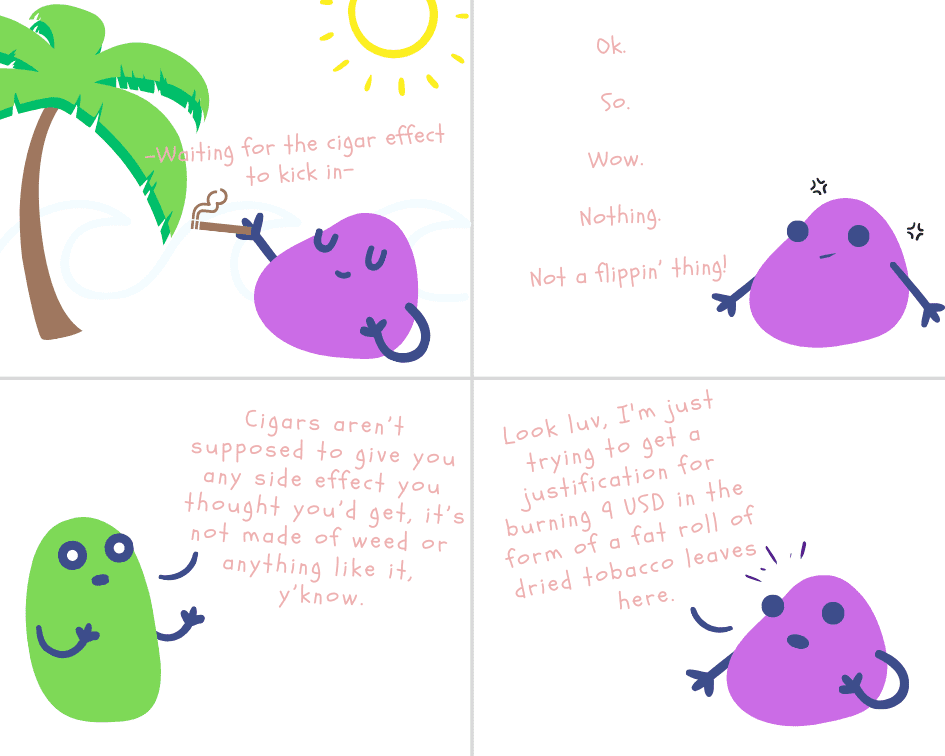
Long story short, my first cigar puffing experience was as disappointing as my first kiss on the 5th grade. It was awkward and the funny taste lingered in my mouth long enough to make me wanted to brush my teeth early.
This unsatisfying first experience did not snuff out my curiosity, in fact, it made me launch full on-terrain research. (We’re talking about the unsatisfying cigar puffing experience btw, not the kissing. (Why do I have the feeling that I didn’t need to explain this)).. oh well...
Being in Cuba, one might think (one means me) that getting a good cigar would be so easy. Well, that wasn’t the case for this chica, she got confused with all the brands available, the types of cigar, even the different shape of it. But then again, we are talking the kind of chica who gets confused by salty caramels. On my defense, caramel is made of sugar, so why should it be salty?? Isn’t just against the whole purpose of having a burnt sugar thick sauce? is it meant to be a sweet dessert or savory snack? This contradicting taste confuses my tongue.
Anyway, before we all get confused about what exactly is this article heading to, here is the recap of what I wished I’d known before I puffed my first Cuban cigar, or what fancy travel blogs would put it as All You Need To Know About Cuban Cigar.
Where does it come from?
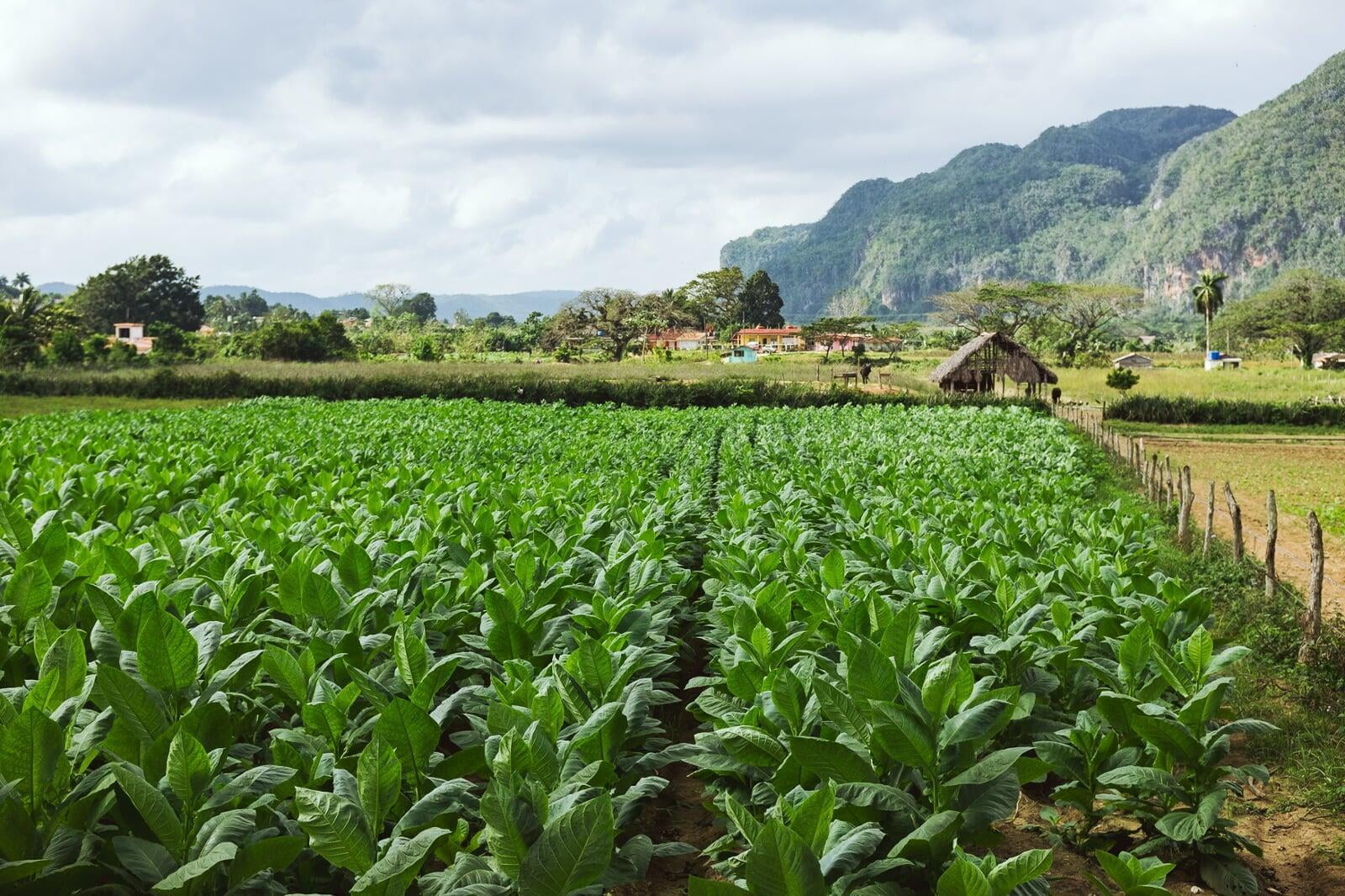
Finest quality tobacco is planted in the Pinar del Rio region in Western Cuba, this region has a perfect combination of microclimate and unique soil composition to grow tobacco. One of the cities in this region known for its traditional tobacco plantation is Vinales, and this was where we had our Cigar 101 lesson directly from the farmer.
When you visit the tobacco plantation area, you will find humble shacks made of dried leaves everywhere. These shacks are Cuba’s national treasures and I mean it. These shacks stores thousands of tobacco leaves to make their famous cigar, which is known as Cuba’s biggest export goods.
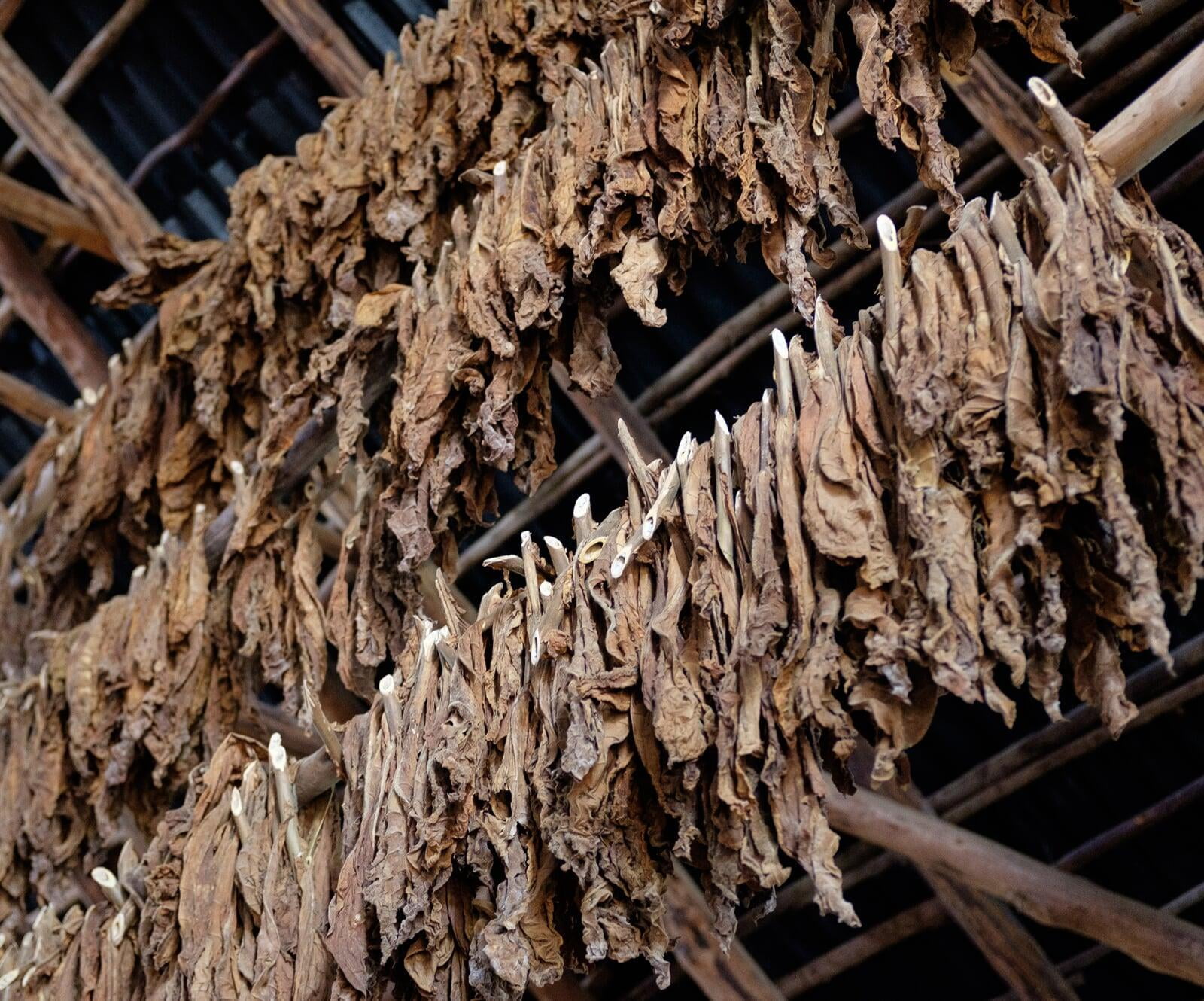
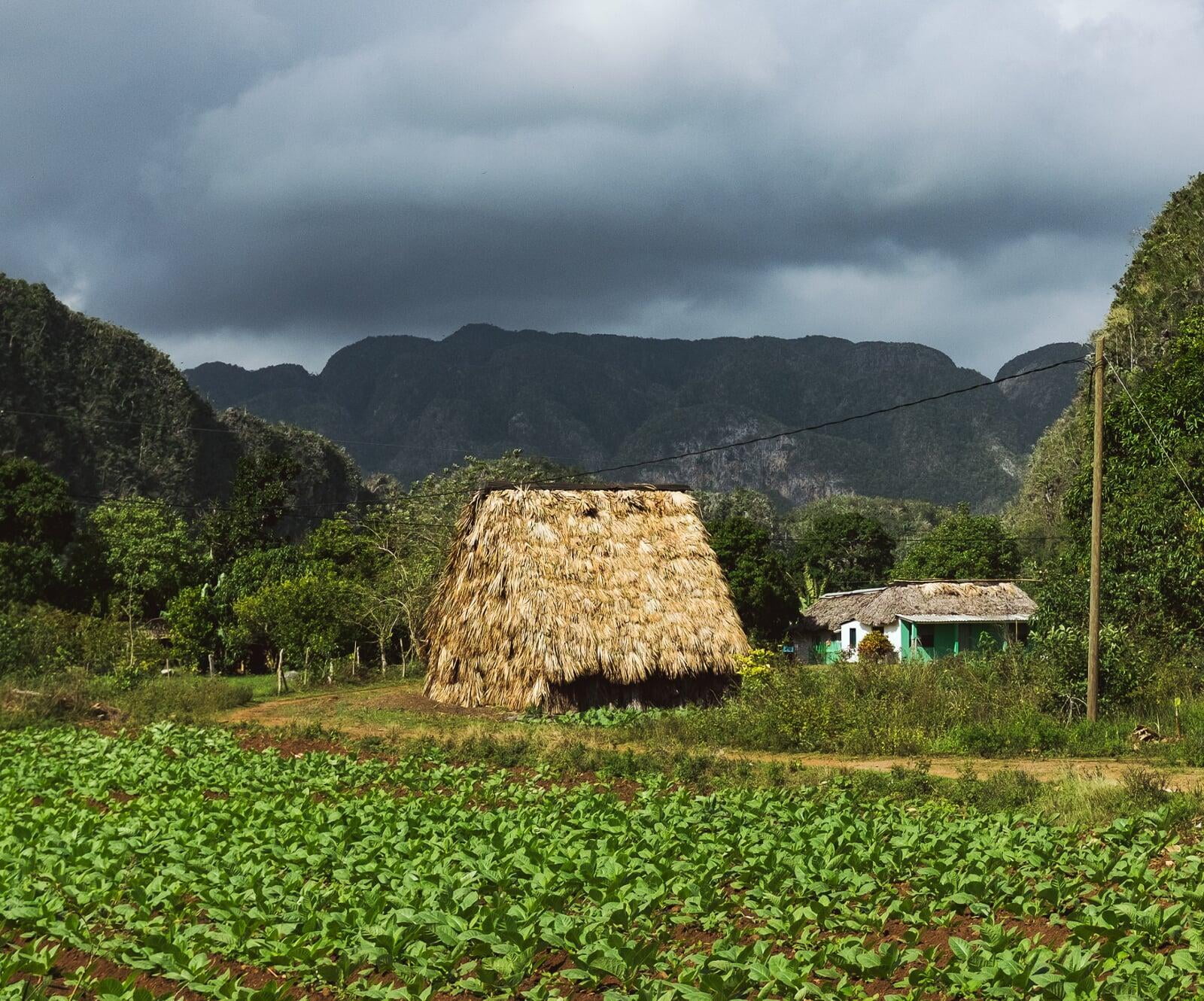
How do they make the best cigar?
We visited a plantation that has run for more than 6 generations called the "Manolo plantation" in Vinales, and we had Jesus, the eldest son of the family, to explain to us about the tobacco growing process and the cigar production. In Cuba, all the tobacco plantations are still using a traditional methods and the government is specifically encouraging the farmer to do it this way to preserve the finest quality of tobacco by not introducing anything chemical in the process.
The seedlings process is done by hand, each of the seeds is hand-planted carefully and left to grow for about 3 months. Then afterward it’s the harvesting process, which is the most labor-intensive process.
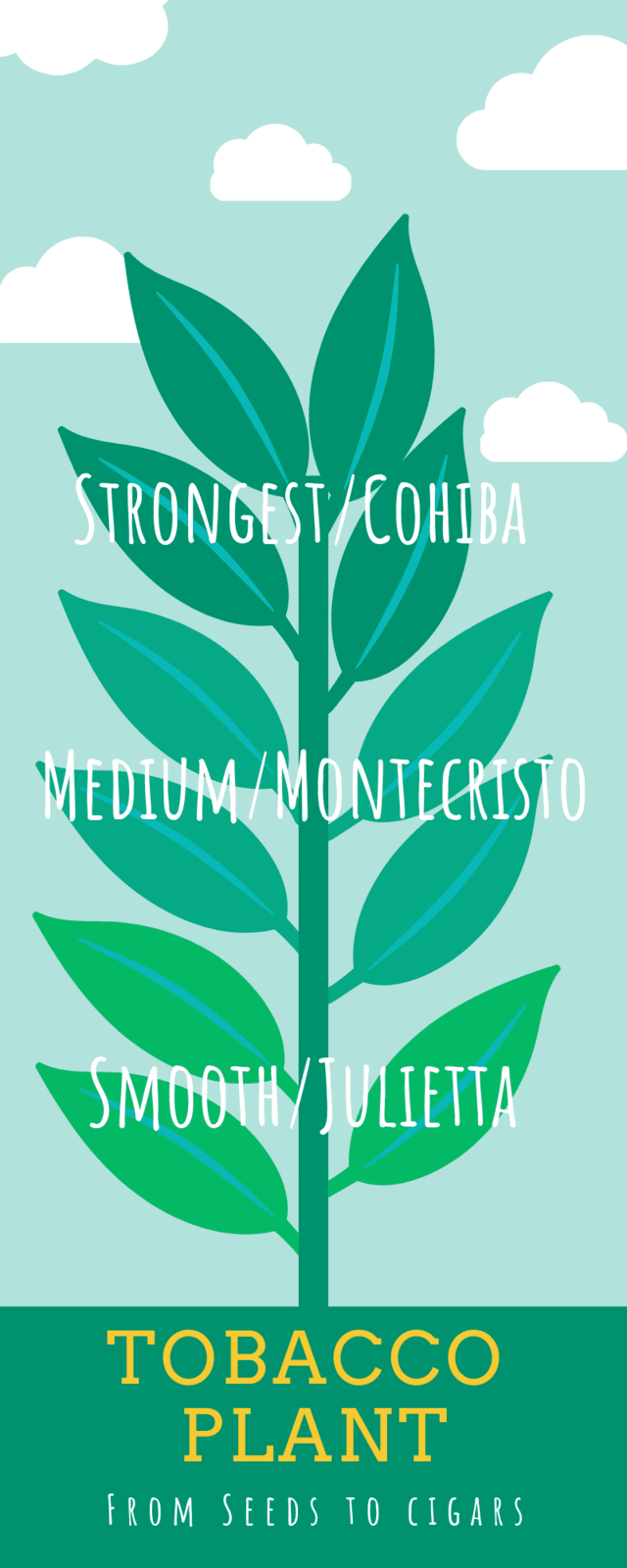
Now, let’s check out my poorly designed infographic (and pretend that it is a tobacco plant while we are at it). Here is why the harvesting process is the most labor-intensive; from one tobacco plant, the farmer will hand-pick all the leaves and put it into three different categories according to where the leaves were on the stem.
The leaves with darker color which comes from the tip have the strongest flavor, which will be used to make strong flavor cigar, such as Cohiba brand.
The leaves on the middle stem with lighter color have medium flavor, which used to make medium strength cigar such as Montecristo.
The leaves from the bottom of the stem have the smoothest flavor, which used to make smooth cigar preferred by the newbies like me such as Romeo and Juliet brand.
Now comes the sad part of the Cuban plantation; 90% of the leaves are collected by the government and the farmer can only profit from the 10% left. With the 10% of the whole plantation production, each farmer will hang dry each leaf inside their thatch-roofed shack. Then they will ferment the leaves with their own secret mix inside and continue curing the leaves inside the shack. This is why the farmer cigars or the artisan cigar has unique tastes because every farm has its own secret fermentation recipe.
Then when the leaves are ready, comes the most interesting part of the cigar making process: the rolling. There are 4 cured tobacco leaves in every cigar. Widest and highest quality leaf is used as the wrapper, the driest leave is put as the second layer for easy combustion purpose then the lesser quality leaves are used as filler.
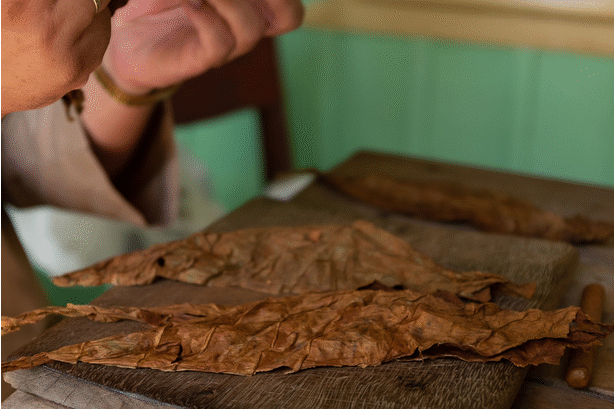
What types should I go for?
For the first cigar experience, it is suggested to take the cigar with the lightest shade which has the smoothest flavor and the famous brand for this type is Romeo & Julieta. Try to get the darker color for comparison. You can also get a starter pack that usually comes with the three strengths of cigar; smooth, medium, and strong.
How much should I pay?
Cigar price varied a lot depending on its type and brand. One roll of Romeo and Julietta brand costs around 10 CAD. Even in Cuba, the price of cigar isn’t as cheap as peanuts. In fact, not every Cuban smoke cigar and even when they are, they prefer the artisan/farmer cigar which costs about 5 CAD per roll and you can even buy it in a pack of 5 or 25 for a cheaper price.
Where should I buy them?
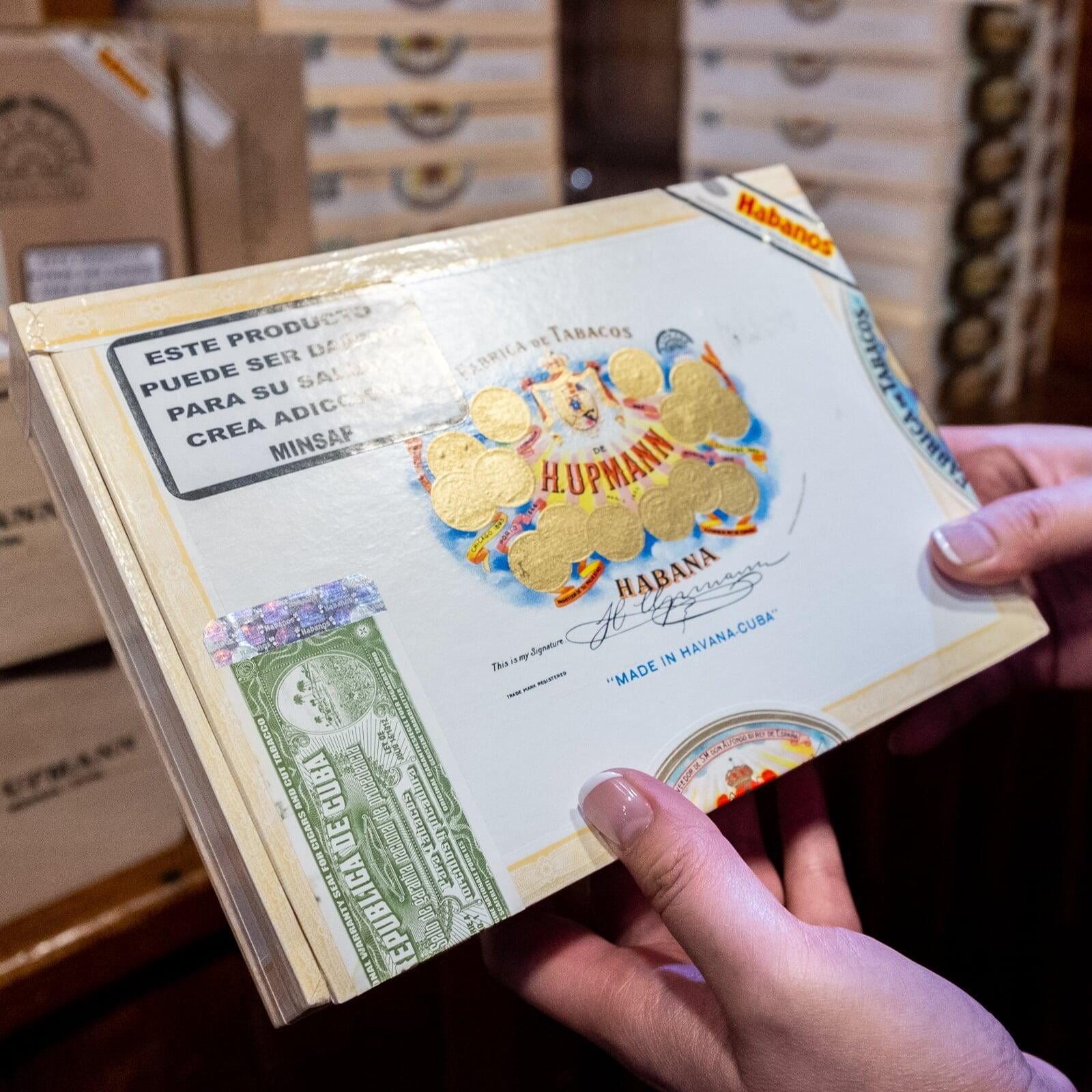
First of all, only buy certified cigars from certified places called Casa the Habanos. You can find these places in big hotels and in downtown areas. Ignore all those people who approach you and offer you cigars because they prolly trying to sell you the cigar from the black market, which might give you trouble at the immigration later on when you are at the airport. Authentic cigar has this hologram sticker on it that differentiate it from the black market ones, it also has a sticker saying the date of the production because like wine, some cigar is better with age as long as it is kept in a closed-lid container with controlled humidity.
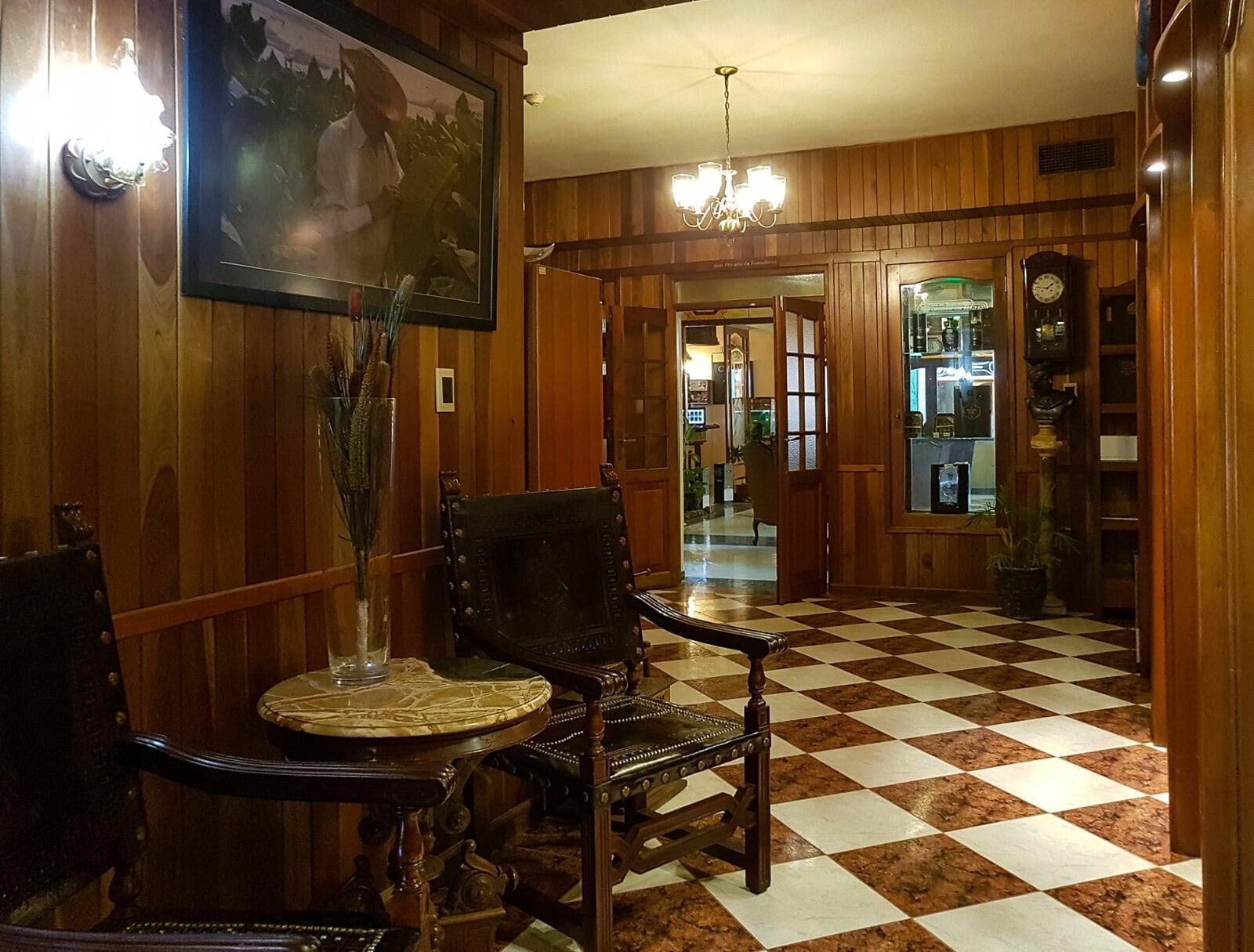
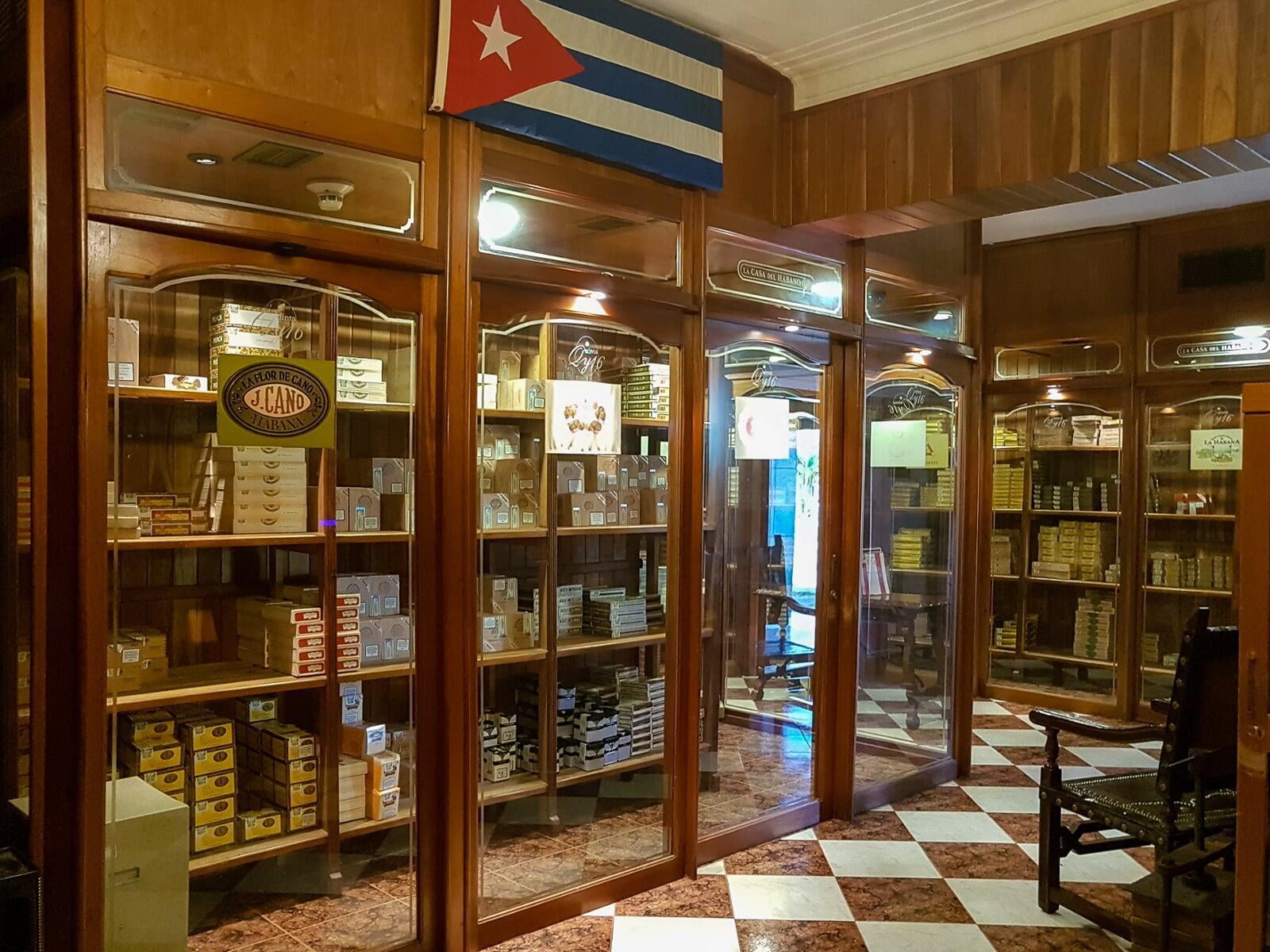
After the thorough experience directly from the plantation, and having to taste the farmer cigar and the branded cigar, I have to say, I am not into huffing and puffing cigars. However, we are grateful to be able to have experienced and become more knowledgeable about the famous Cuban cigars first-hand.